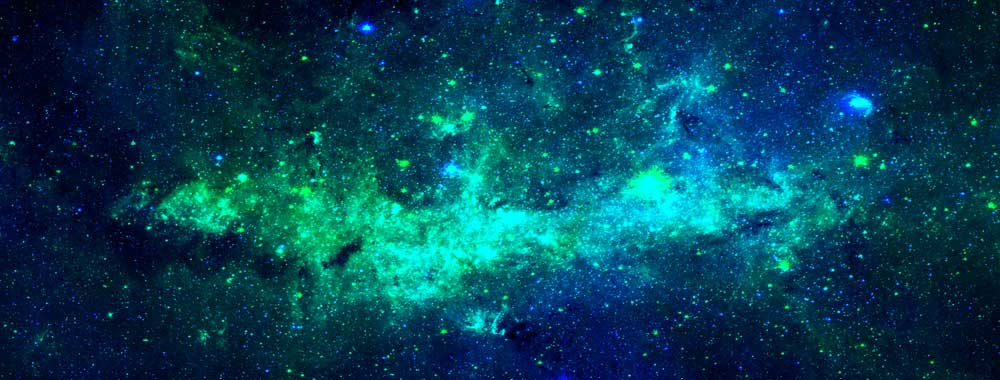Exposing the invisible universe
Department of Physics and Astronomy, University of Calgary
The universe is full of cosmological marvels that are mostly invisible to the human eye – dark matter, black holes, and colliding galaxies, for example. We are able to “see” these astronomical phenomenon and peer into the distant workings of the universe because of a new generation of radio telescope.


